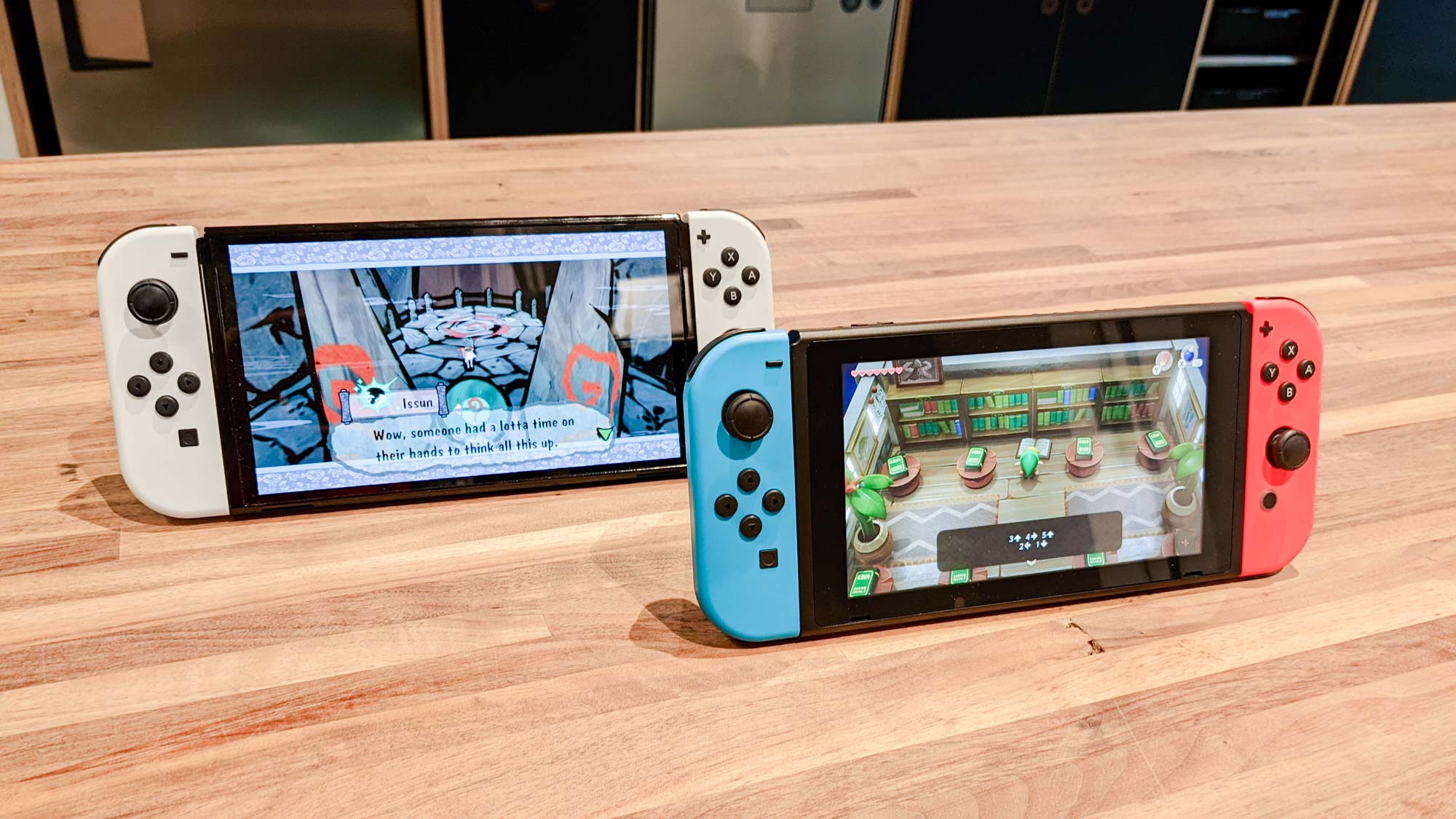Nintendo Switch crosses 100 million in sales — but Switch 2 looks far off
The Nintendo Switch has become Nintendo’s best- and fastest-selling home console

Update: A new Nintendo console has been tipped for 2024 release — could it be the Switch 2?
As popular as the PS5 and Xbox Series X have been, the Nintendo Switch has consistently outsold them both for the last two years. Nintendo’s biggest competitor was arguably Nintendo itself, as the Switch’s sales started to gain ground on the mega-popular Nintendo Wii.
As of today (Feb. 3), the Nintendo Switch has officially become Nintendo’s bestselling home console, beating the Wii by 2 million units. The only question is what will happen next, as the ongoing semiconductor shortage will affect Nintendo as much as its competitors.
The sales data comes from Nintendo’s official website, where the Nintendo Switch now sits at 103.54 million units sold (including base Switch, Switch OLED and Switch Lite models). The Wii, by contrast, sold 101.63 million units. Up until now, this was a nearly untouchable record; the industry-saving NES sold about 62 million units, while the Wii U sold only 14 million.
To be clear, the Switch is not yet Nintendo’s most popular product by every metric. The Wii sold much more software, while the Nintendo DS and Game Boy lineups were much more popular than any of Nintendo’s home consoles. But the bottom line is clear: Gamers love the Switch, and they’ve loved it pretty consistently during the five years that the product has been on the market.
This is all good news for Nintendo, but it does raise the question of what the company plans to do next. According to Bloomberg, Nintendo seems more than pleased with the Switch’s success, particularly since the console earned more money than analysts expected last year. But console sales slow down naturally over time, particularly when there aren’t enough parts to produce new ones.
Slowing sales...and don't expect Switch 2 this year
Bloomberg reports that Nintendo expects to sell 23 million Switches this fiscal year. That’s a lot, but it’s less than the 24 million the company initially expected. The company also sold 21% fewer Switches over the past nine months than it did the year before that. The semiconductor shortage is one part of the problem, and there’s not much Nintendo can do about that. Parts are scarce, and the entire tech industry is competing for the goods they need to build more electronics.
Sign up to get the BEST of Tom's Guide direct to your inbox.
Get instant access to breaking news, the hottest reviews, great deals and helpful tips.
The other issue is that it’s not at all clear what Nintendo plans to do with the Switch next. Nintendo’s president, Shuntaro Furukawa, commented in an earnings call that “Switch is just in the middle of its lifecycle and the momentum going into this year is good.” Last year, Nintendo also maintained that the Switch had another four years or so left in it, and that it had no plans for new hardware beyond the marginally upgraded Switch OLED.
As such, with hardware sales set to slow down and no 4K Switch successor on the horizon, Nintendo will have to deliver a roster of stellar games to hook new buyers and keep existing fans interested. This year, we’ll see The Legend of Zelda: Breath of the Wild sequel and Splatoon 3, among other big games, but the aging Switch hardware may start to feel limiting to developers sooner rather than later.
Marshall Honorof is a senior editor for Tom's Guide, overseeing the site's coverage of gaming hardware and software. He comes from a science writing background, having studied paleomammalogy, biological anthropology, and the history of science and technology. After hours, you can find him practicing taekwondo or doing deep dives on classic sci-fi.

